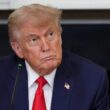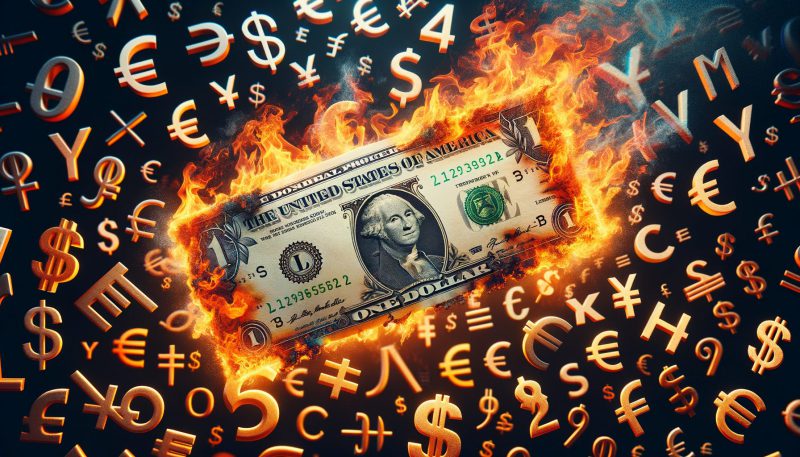The de-dollarization trend is actually accelerating right now, at this moment, as Trump’s economic policies push central banks to kind of diversify away from the US dollar. Gold purchases have, in fact, reached record levels, and also prices are hitting all-time highs amid increasing market volatility and uncertainty and other challenges. This significant shift actually began back in 2022 but has, to be honest, intensified quite a bit following Trump’s return to office and, well, his implementation of various new policies that we’re seeing unfold as we speak.
Also Read: Tesla (TSLA) vs Ford (F) Stock Battle — $487.93 Target Meets 25% Tariff Impact
How Trump’s Economic Policies Accelerate De-Dollarization and Drive Gold Purchases by Central Banks


Trump’s economic policies have certainly prompted central banks worldwide to rethink their reserve strategies, leading to unprecedented gold purchases in recent months. This shift represents a really significant move toward de-dollarization as countries try to insulate themselves from US policy volatility and the potential fallout from trade disputes.


Also Read: De-Dollarization: Warren Buffett Predicts the US Dollar’s Future
Central Banks Accelerate Gold Acquisition
The de-dollarization movement has, at this point in time, central banks purchasing over 1,000 metric tons of gold annually since 2022. In the final quarter of 2024, following Trump’s election victory, central bank purchases jumped about 54% year-on-year to approximately 333 tons.
Michael Widmer, commodity strategist at Bank of America, stated:
“Emerging market central banks currently hold around 10% of their assets in gold. They should really hold 30% of their assets in gold.”
Gold prices have, as a result, responded dramatically, hitting $3,167.57 per troy ounce in April 2025—essentially a 19% gain this year and an impressive 71% rise since 2022.
Trump’s Trade Policies Accelerate De-Dollarization


Trump’s aggressive tariff threats applied right now, as we speak, have become a primary catalyst for de-dollarization efforts worldwide, especially among emerging market economies seeking to reduce their exposure to the U.S. dollar in the wake of increasing economic uncertainty and potential trade wars that might materialize in the near future.
Also Read: Pi Coin Tanks 81.6% & Hits All-Time Low—Is This the Scam Everyone Feared?


Widmer has also said:
“From the central banking perspective (uncertainty) means less incentive to add Treasuries into portfolios and more incentive to actually de-dollarise it.”
A source who is actually selling gold to central banks told Reuters:
“This year’s demand from central banks may be the highest in many decades.”
Hidden Gold Purchases
A striking aspect of this ongoing de-dollarization trend is, in fact, the increasing secrecy around gold acquisitions. Official numbers reported to the International Monetary Fund reflect only about 34% of actual central bank gold demand, according to various estimates.
This lack of transparency isn’t really accidental. Central banks are, at this moment, avoiding disclosure specifically to prevent potential tariff retaliation, as Trump has threatened countries seen to be actively de-dollarizing their reserves.
Also Read: XRP at $2.07—Will It Crash or Hit $3.78? Analyst Predicts Next Move!
Poland and China have been identified as the largest buyers in early 2025, but true figures likely exceed official reports by a considerable margin.
Investment Implications
The combination of record gold prices and Trump’s tariff policies has, without a doubt, intensified market volatility. This environment of de-dollarization and uncertainty creates both challenges and also opportunities for investors trying to navigate these complex markets.
Macquarie analysts noted in a recent report:
“We view gold’s price strength to date, and our expectation for it to continue, as primarily being driven by investors’ and official institutions’ greater willingness to pay for its lack of credit or counterparty risk.”
As central banks continue pursuing de-dollarization strategies and Trump’s policies reshape global trade relations, gold’s position as a geopolitical hedge appears secure through 2025 and possibly beyond.





